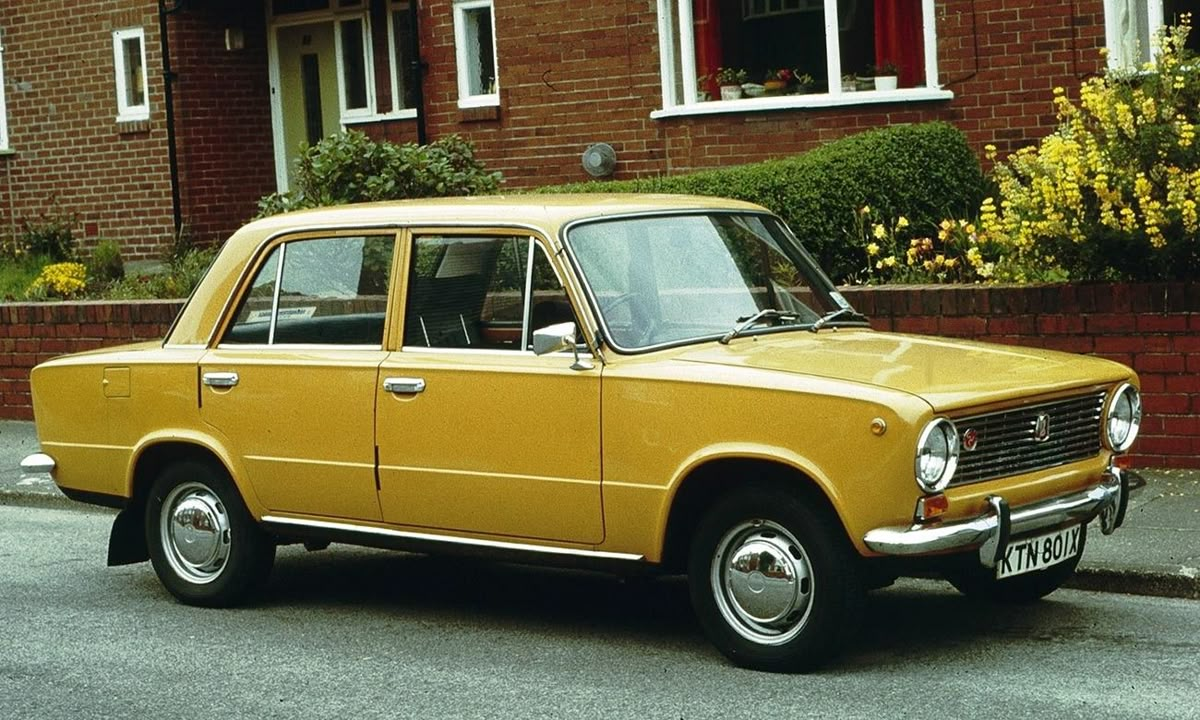Not all old cars are junk. Some age like fine wine, while others fall apart faster than a discount laptop.
Whether you’re a first-time buyer looking for a budget-friendly ride, a gearhead who appreciates vintage charm, or someone just trying to get from point A to B without taking a loan—older cars can actually be a smart move. But here’s the catch: not all of them are worth your time or money.
Some older models are shockingly reliable, with engines that keep humming long after they’ve racked up six figures on the odometer.
Let’s just say you’ll be better off using a bicycle. Reliability, maintenance costs, availability of parts, and real-world user experience matter way more than just the price tag.
In this list, we’ll go over five older cars that still make sense, whether for their bulletproof reliability, low upkeep costs, or timeless practicality. And then, we’ll talk about five that you should probably run away from—fast.
Because there’s no worse feeling than buying what you think is a deal, only to find out it’s a money pit in disguise. Let’s dive in and break it down—car by car.
5 Older Cars That Still Make Sense
1. Toyota Corolla (2003–2008)
If reliability had a poster child, it’d be the Toyota Corolla. The 2003–2008 generation in particular is a total champ. These things are borderline unkillable.
They’ve got simple, no-frills engines (usually the 1.8L four-cylinder) that are easy to maintain, sip fuel like a teetotaler, and keep chugging along even with 200,000+ miles on the clock.
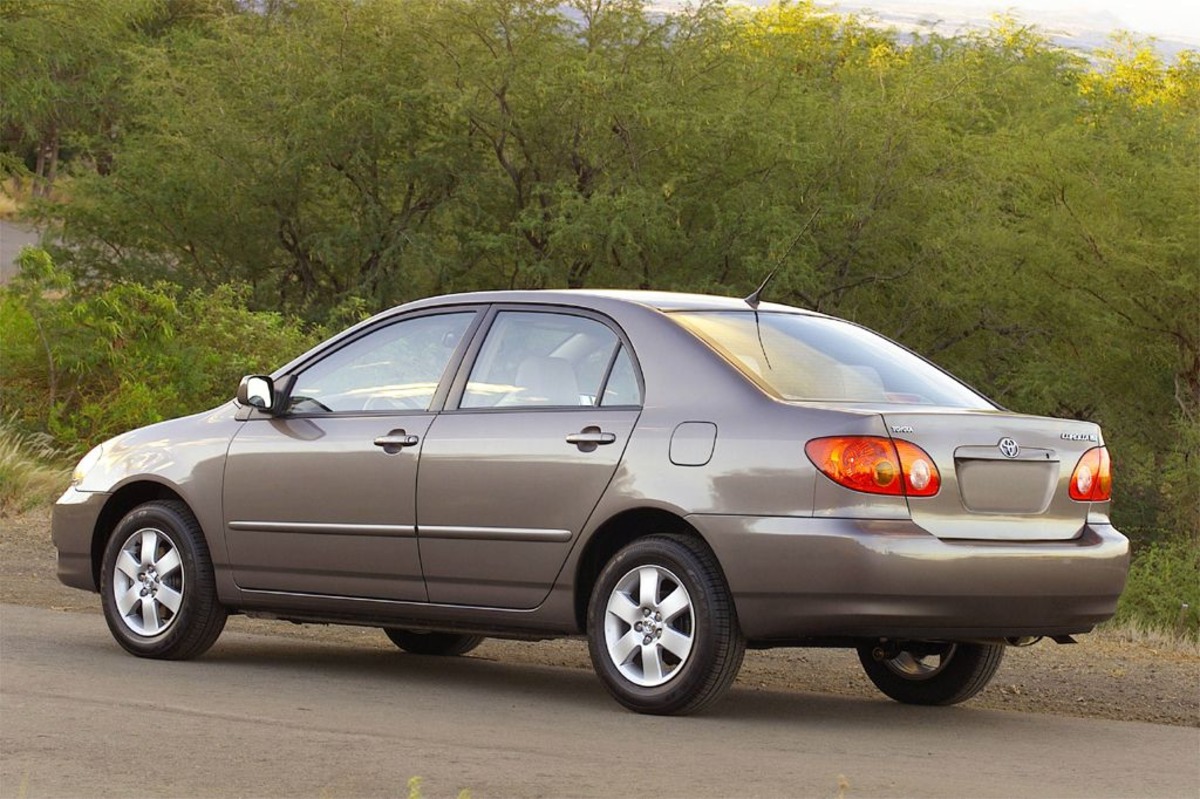
You’re not getting cutting-edge tech or any flashy features—don’t expect Bluetooth or a slick touchscreen—but you are getting a car that almost never breaks down.
Parts are cheap, mechanics love them, and they hold their value stupidly well for what they are. It’s basically the Honda Civic’s less-hyped twin, and honestly, that works in your favor—prices tend to be a bit lower.
If you want a reliable commuter car or something for a teen driver, this is a goldmine. Just check for rust, basic maintenance records, and timing belt replacement. Other than that, it’s a solid “buy it and forget it” type of car.
2. Honda CR-V (2002–2006)
The second-gen Honda CR-V is a no-brainer for someone who wants practicality and durability in a compact SUV. This little box-on-wheels nails it with its solid engine (the 2.4L i-VTEC), good fuel economy for its size, and the kind of spacious interior that just works.
You get solid cargo room, enough space for the kids and a dog, and an AWD option that can handle snow and rain without flinching.
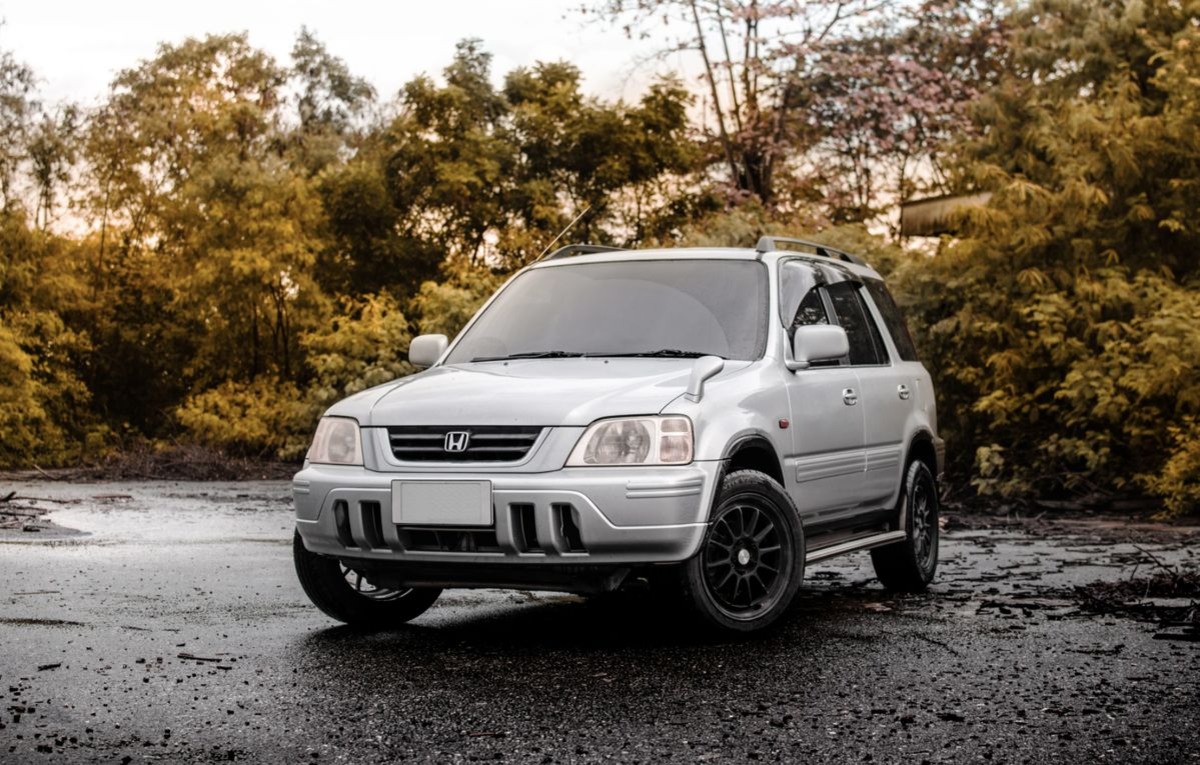
Maintenance is a breeze. Parts are everywhere. The CR-V doesn’t ask for much—just regular oil changes and some basic TLC. Bonus: it’s not a gas guzzler like some of the bigger SUVs from the same era.
Yes, it’s a bit plain on the inside, and the ride isn’t exactly cushy, but if you’re looking for a low-stress, budget-friendly older SUV that can handle the everyday grind, this is your guy. Just make sure the rear differential has been serviced if it’s AWD—neglect there can cost you.
3. Lexus LS430 (2001–2006)
Want luxury without selling a kidney? Enter the Lexus LS430. This full-size luxury sedan was peak Lexus in the early 2000s—quiet, smooth, built like a tank, and whisper-level refined.
It shares Toyota’s obsession with reliability but wraps it in leather, soft-touch everything, and a V8 that glides like butter.
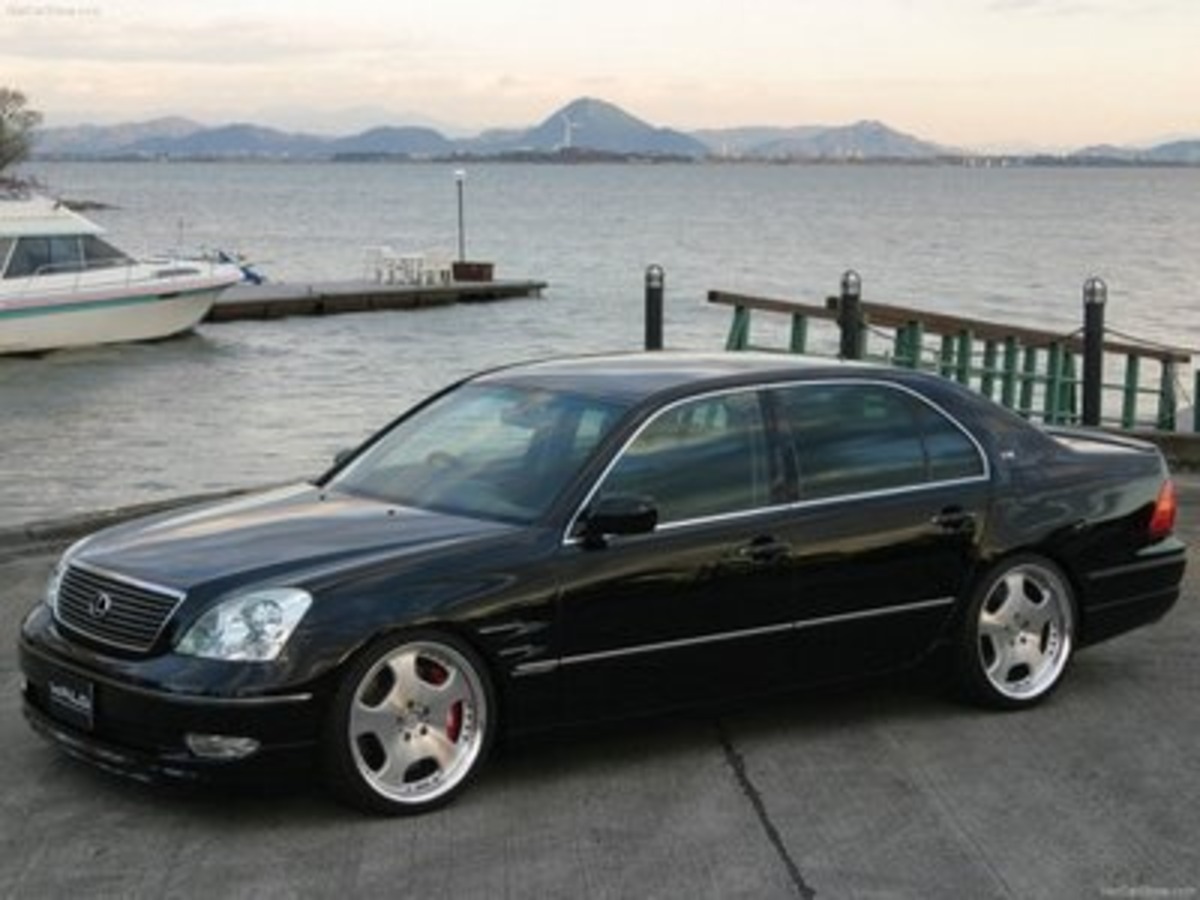
What’s shocking is how cheap these are now. You can score one under $10K in decent shape. And it still feels like a $50K car inside.
It’s also got that old-school, big-body luxury vibe that newer sedans just don’t have anymore. Maintenance isn’t as cheap as a Corolla, obviously, but it’s way more reliable than most European luxury cars from the same period.
And you won’t deal with the nightmare electronics that plague used BMWs or Audis. The LS430 is the grown-up choice if you want to cruise in comfort without the drama.
4. Mazda3 (2004–2009)
Fun, affordable, and surprisingly well-built—that’s the first-gen Mazda3. It’s one of those rare older compact cars that manages to mix reliability with a bit of personality.
Unlike the Corolla, the Mazda3 actually likes to be driven. Steering feel is tight, handling is sharp, and the interior doesn’t feel like a penalty box.
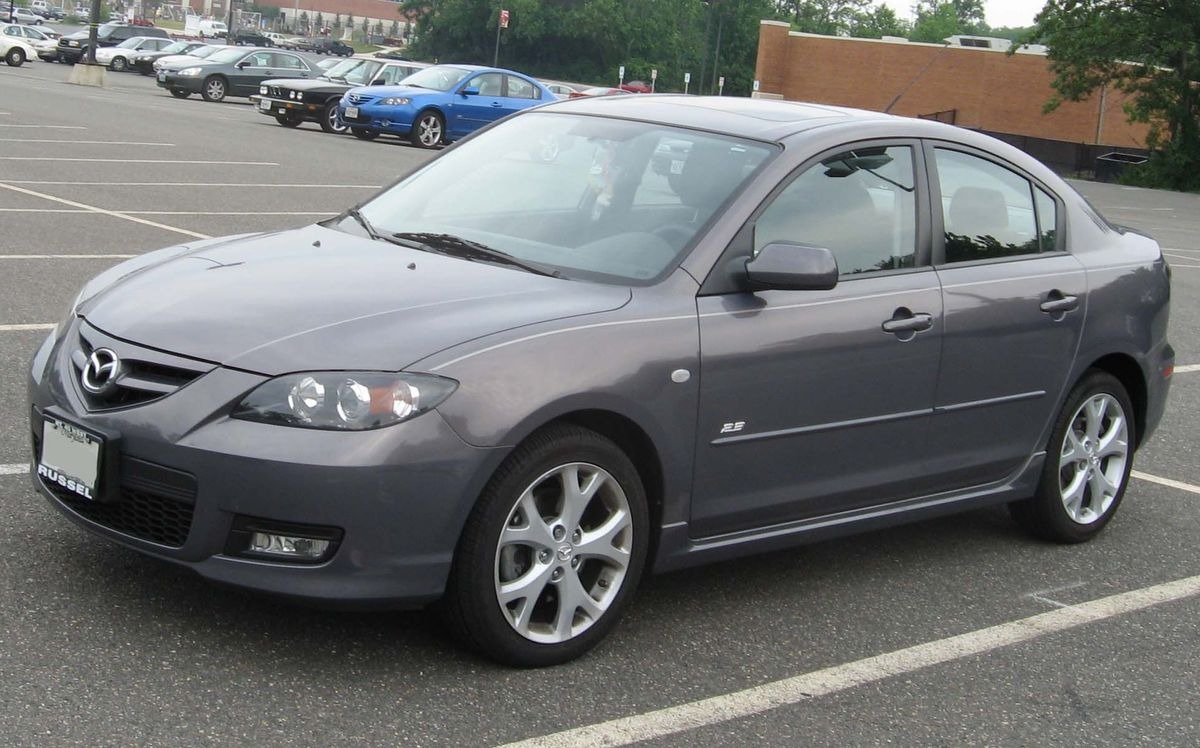
It came in both sedan and hatchback forms, and while the latter looks cooler, both are solid picks. The 2.0L and 2.3L engines are generally strong, and manual versions are especially fun (and reliable). Plus, it’s one of the better-looking compacts from the mid-2000s era.
There are a few things to watch out for—namely rust in cold-weather states and some early suspension issues—but overall, this is a very livable, enjoyable daily driver. If you’re someone who hates boring cars but needs something cheap and reliable, the Mazda3 hits the sweet spot.
5. Ford Crown Victoria (1998–2011)
This one’s an ex-cop car legend—and for good reason. The Ford Crown Vic was built for abuse, and it shows. These things can take a beating, cruise for hours, and come back asking for more.
Under the hood, you get a 4.6L V8, rear-wheel drive, and the kind of old-school, body-on-frame toughness you just don’t see anymore.
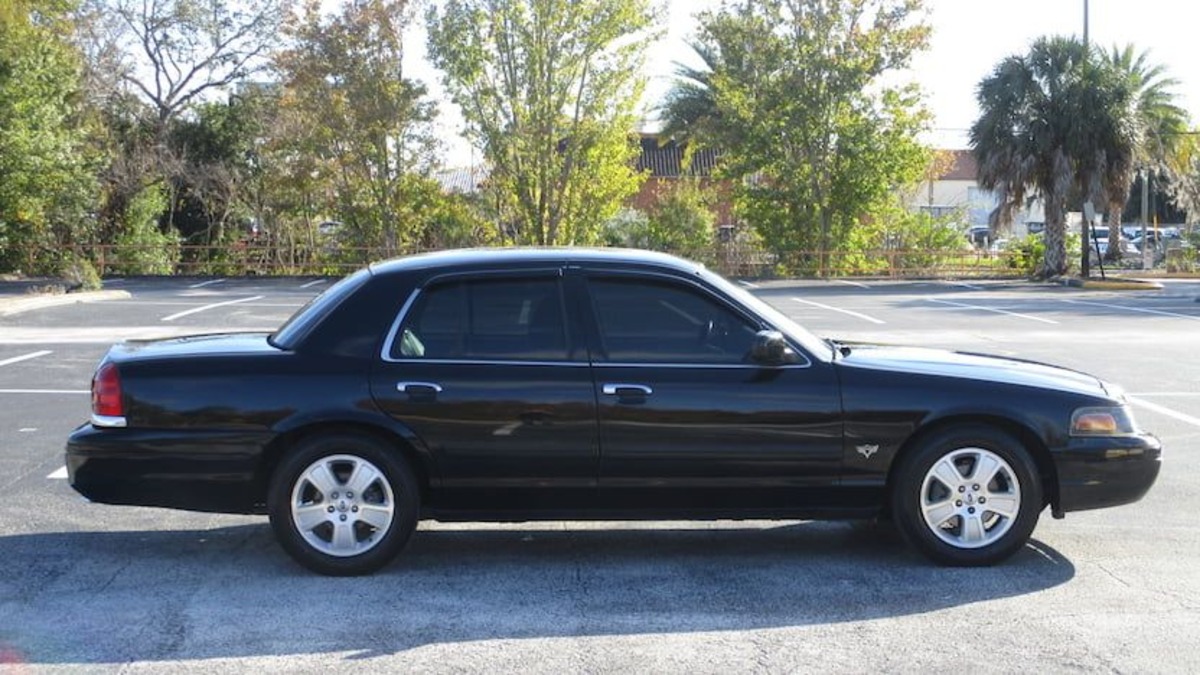
They’re not fast. They’re not pretty. But they are ridiculously tough. Parts are cheap and everywhere. Mechanics know them inside out. And insurance? Dirt cheap, because the car practically screams “responsible adult” (or retired cop).
Sure, the gas mileage is meh, and the ride’s a little floaty. But if you want a reliable, tank-like sedan with personality and comfort, the Crown Vic delivers. Great for long commutes, Uber side gigs, or just cruising in a car that’s survived more than most of us have.
5 Older Cars You Should Avoid
1. Chrysler Sebring (2001–2006)
Just don’t. The early-2000s Sebring is one of those cars that looks fine on paper—cheap to buy, decent features, available as a convertible. But real-world ownership? A mess.
Weak engines, terrible transmissions, poor interior quality, and a long list of random electrical gremlins make this a full-time headache.
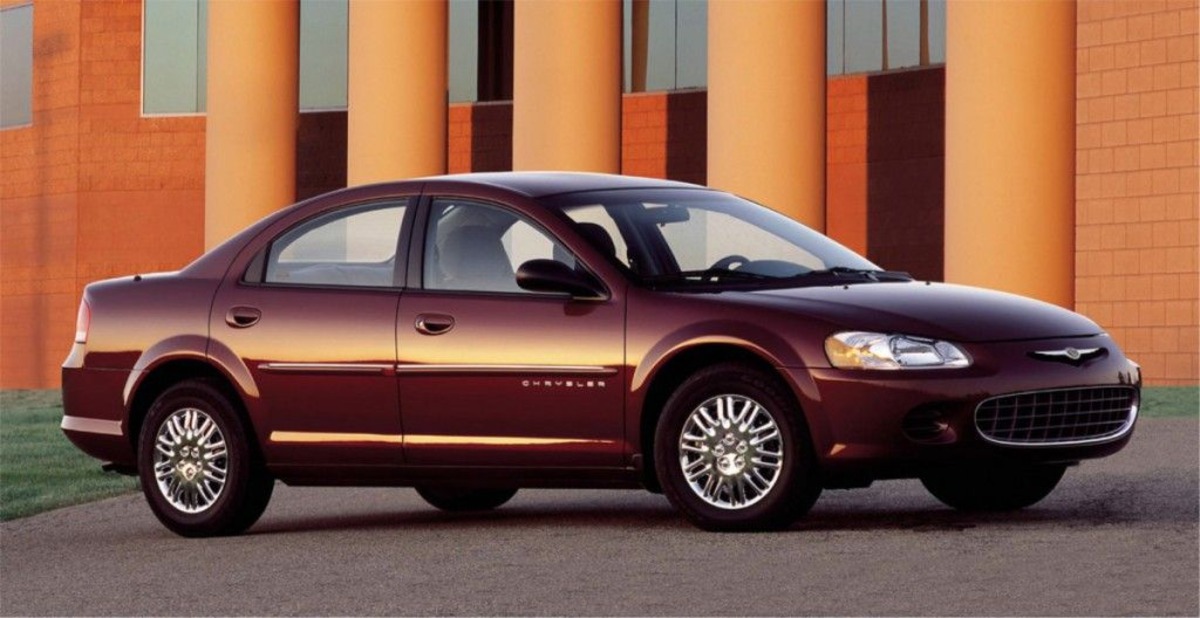
Even when these cars were new, they weren’t that great. Now, with years of wear and tear? It’s a gamble every time you turn the key.
Mechanics generally hate working on them because everything’s crammed in weird spots. And good luck finding a Sebring owner who actually recommends it.
If someone’s trying to sell you one and says it’s “a great deal,” just walk away. You’re better off buying an older Civic with double the miles. At least that one won’t give up halfway through a road trip.
2. BMW 7 Series (2002–2008)
You might be tempted by the badge and luxury features, but the early 2000s 7 Series is a money pit waiting to happen.
These things are loaded with tech that was cutting-edge at the time—but now? It’s outdated, glitchy, and expensive to fix. The iDrive system alone caused headaches for owners, and that’s just the start.
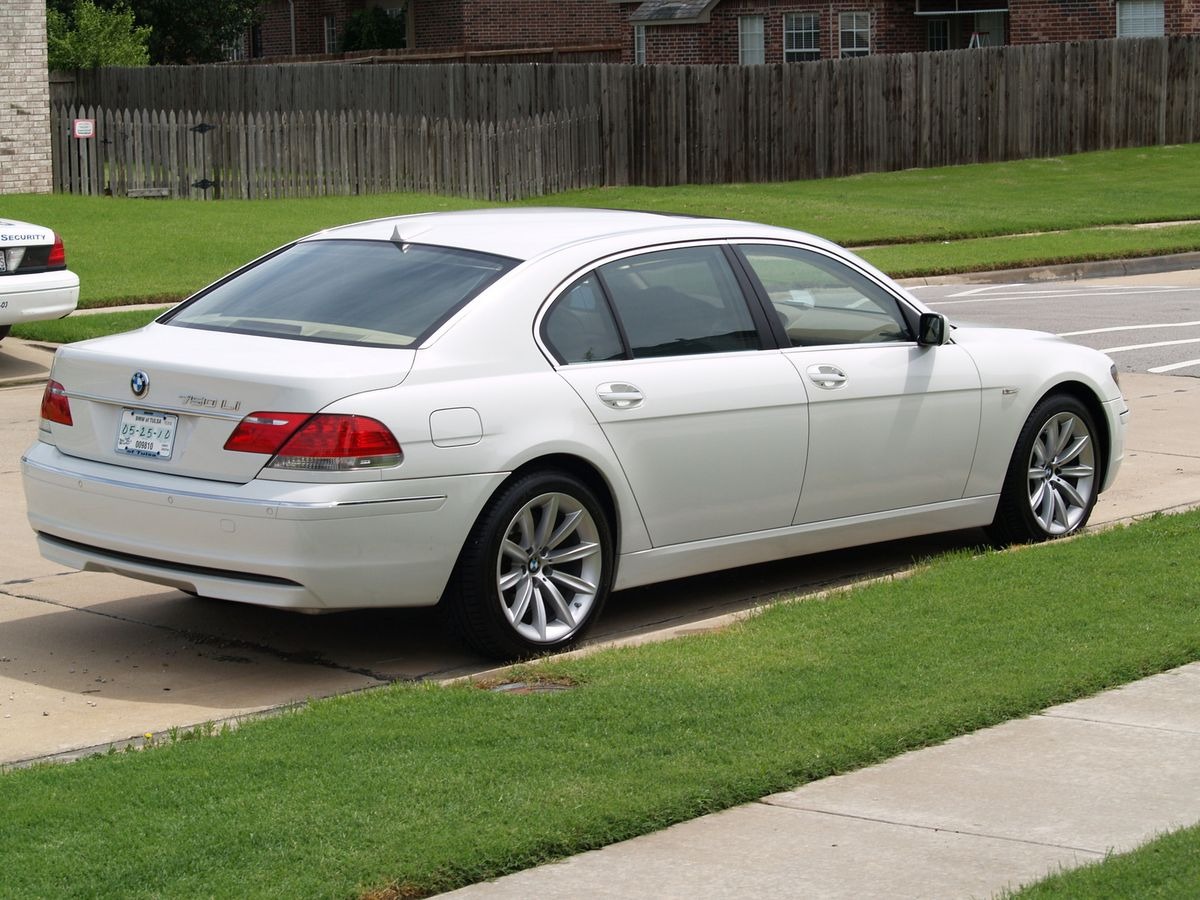
Repairs are costly. Parts are pricey. And unless you have a BMW specialist on speed dial, you’re going to hate life every time something breaks—which will be often. Sure, they drive nice when everything works. But that’s a rare occasion in a 20-year-old 7 Series.
In short, unless you have deep pockets and enjoy chasing electrical problems, skip this one. You’re not getting a luxury experience—you’re getting a full-time project.
3. Mini Cooper (2002–2006)
They’re cute. They’re zippy. They’re also some of the most frustrating little cars you’ll ever own. The early 2000s Mini Coopers—especially the supercharged S models—were plagued with reliability issues.
Timing chains, transmissions, power steering—take your pick, something’s going to go wrong.
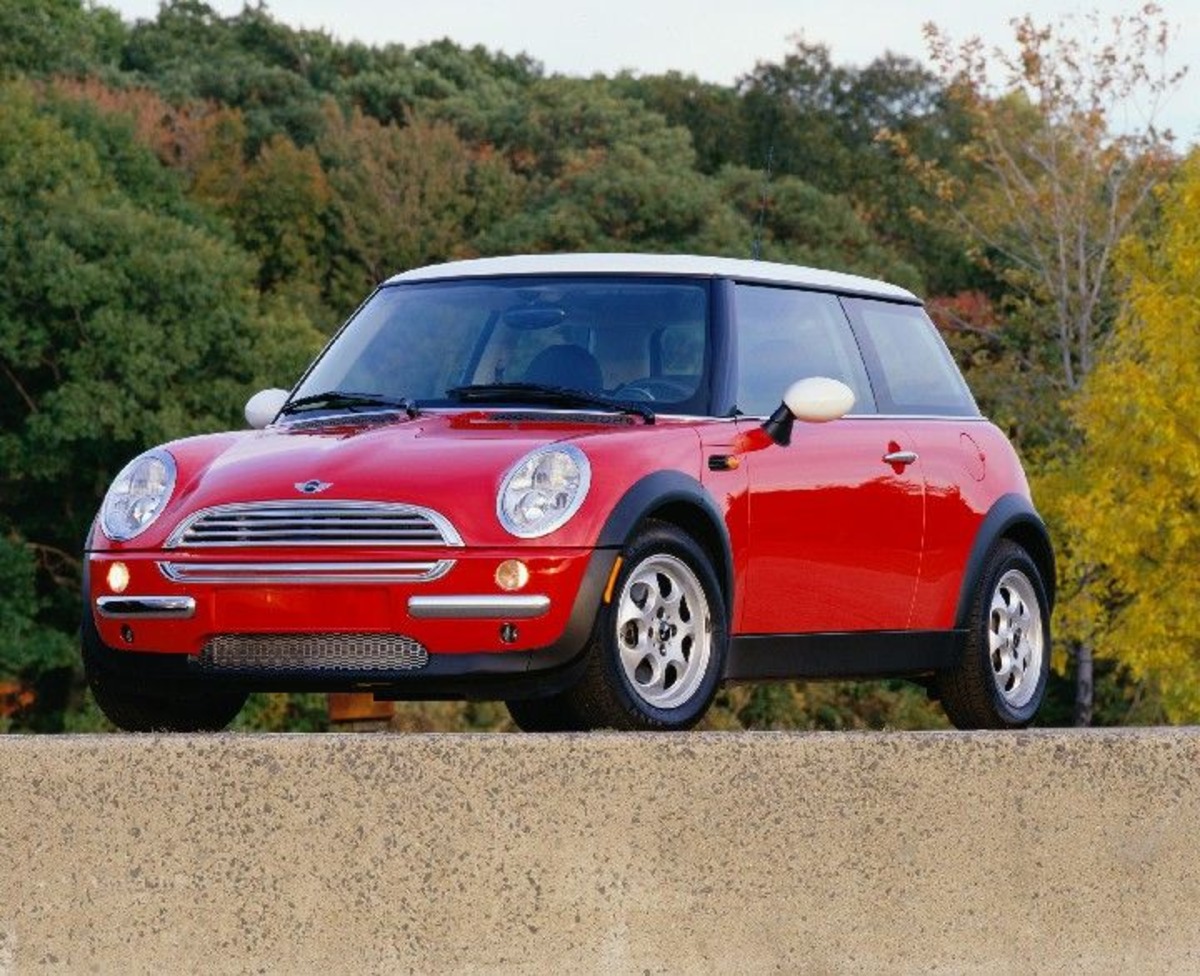
They’re also surprisingly hard to work on for such small cars. Engine bay is cramped, and parts aren’t exactly budget-friendly.
Plus, they’ve got that BMW DNA, which means you’re inheriting some of that over-engineered nonsense in a much smaller package.
Sure, they’re fun to drive. But if you’re looking for long-term value or easy ownership, this isn’t it. Cute doesn’t mean dependable.
4. Dodge Nitro (2007–2012)
This was Dodge trying to make an edgy, bold compact SUV—and it flopped. Hard. The Nitro looks like it’s ready to tackle mountains, but it drives like a soggy loaf of bread. Build quality is subpar, engines (especially the 3.7L V6) are underpowered, and fuel economy is awful.
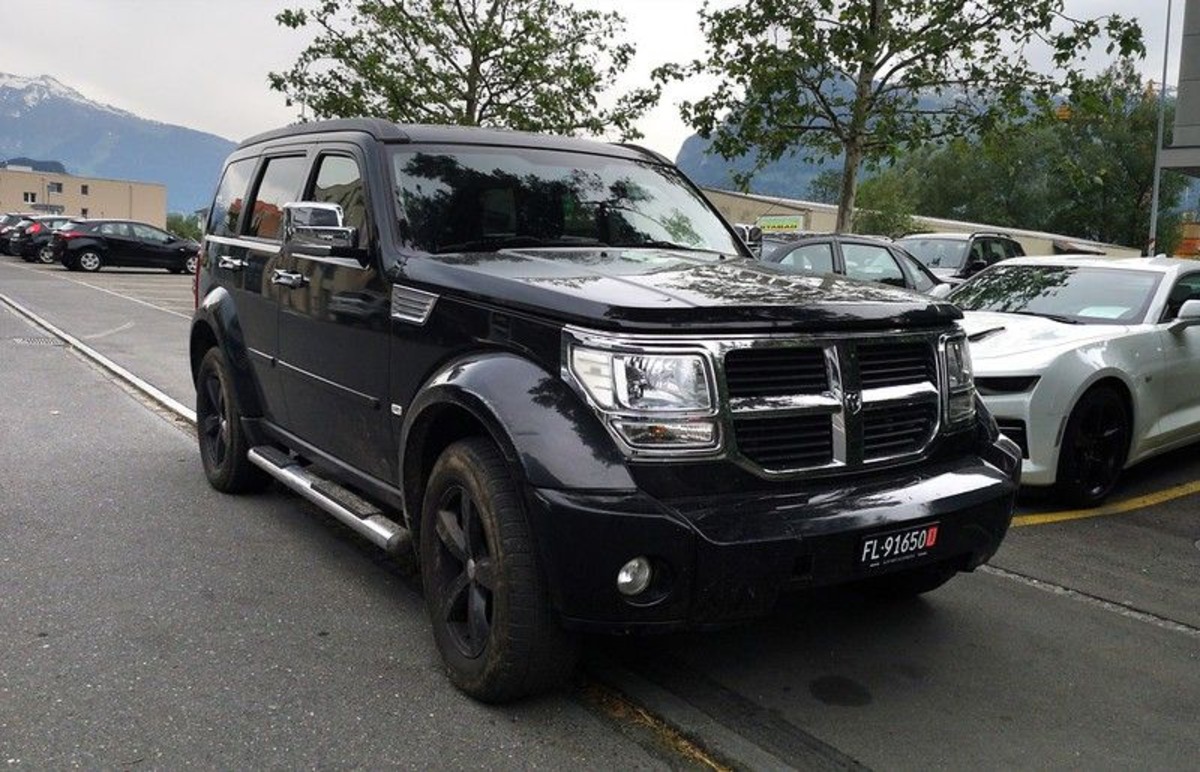
Interior? Plasticky and awkward. Ride quality? Rough. Long-term reliability? Not great. The Nitro is the kind of car you regret buying six months in, especially when you realize nobody wants to work on it and resale value is abysmal.
There are way better SUVs from this era (see CR-V or RAV4). Unless you’re getting one for free—and even then—think twice.
5. Volkswagen Passat (1998–2005)
Volkswagen’s mid-2000s Passats looked classy and drove nicely, but they aged terribly. These models had complex electronics, turbocharged engines that were sensitive to neglect, and transmission issues that were all too common. And when did they break? Oh boy. Say hello to high repair bills and long trips to the mechanic.
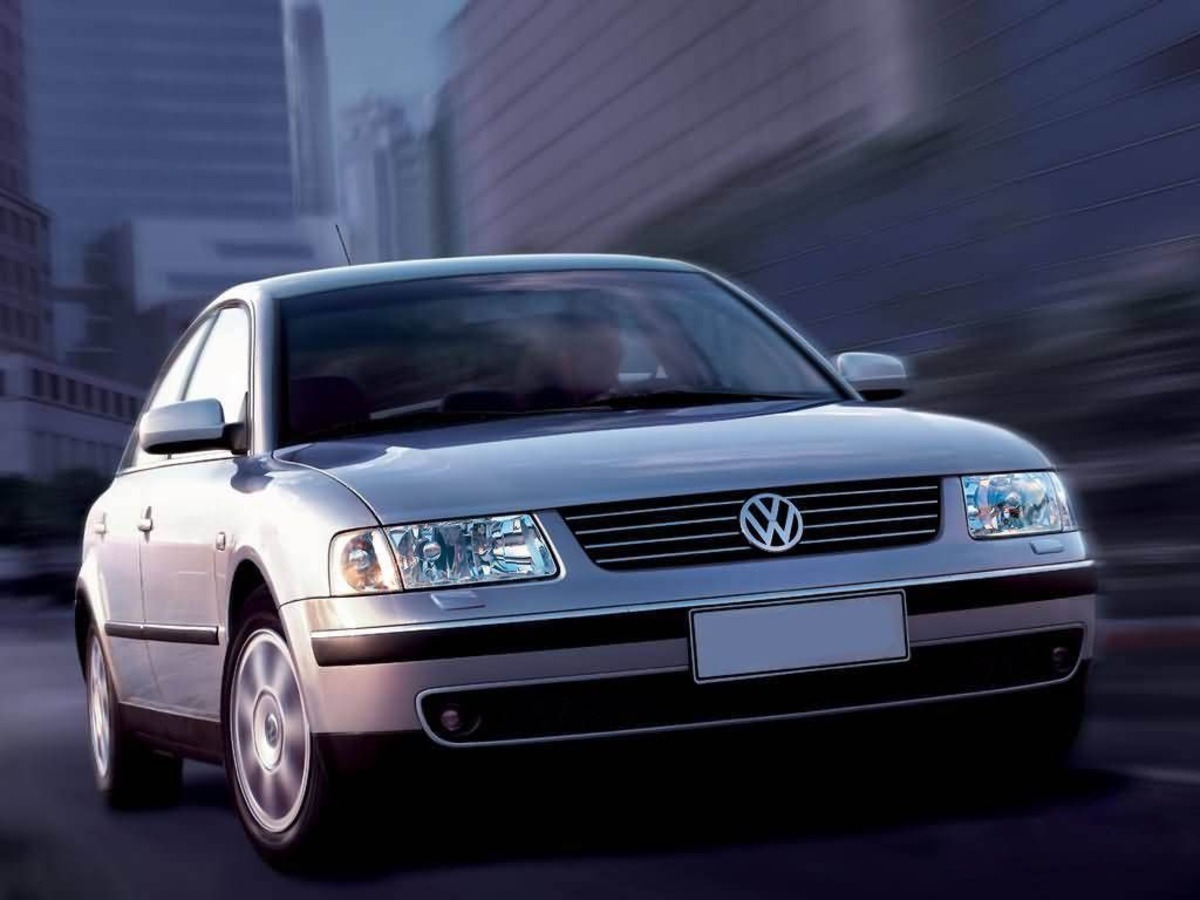
Even regular maintenance like timing belt replacements can be costly and labor-intensive. Add in fragile suspension components and spotty electricals, and you’ve got a car that spends more time off the road than on it.
It’s a shame because the Passat feels premium. But unless you’re a VW expert or enjoy fixing things every weekend, this one should be avoided.
Older cars can either be solid investments or constant headaches—it really depends on what you pick. Stick with the tried-and-true models like the Corolla, CR-V, or even the Crown Vic, and you’ll probably enjoy years of worry-free driving.
But go for something like an old Sebring or Mini Cooper, and you might find yourself pouring money into repairs every other week.
Always do your research, get a trusted mechanic’s opinion, and don’t get swayed by looks or luxury badges. When it comes to older cars, boring and reliable often beats flashy and fragile every time.

